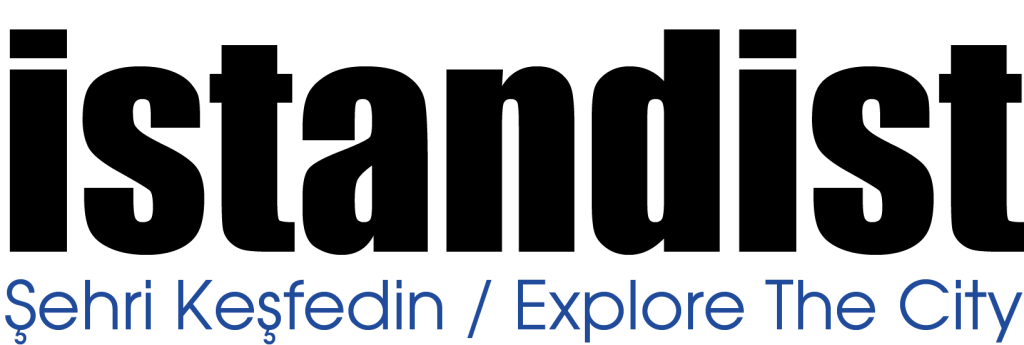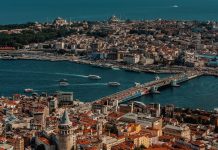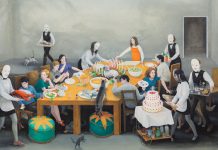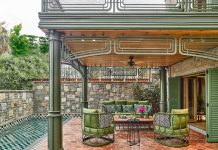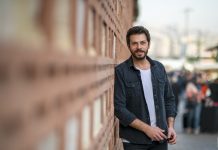After his graduation from İTÜ Architecture Faculity, architect Dârâ Kırmızıtoprak adopted a concept of architecture that is suitable to demands and contemporary with the right people choosen. Not only Turkey, he enchances the beauty of cities in all over the world with his touches and the awards he gained, proves his achivements and success. To this Turkish architect who brings east and west, art and technology, sophistication and sensitive calculations together we asked the steps which brought him this success.
[metaslider id=4323]
In order to get to know you more closely, could you tell us about yourself a liitle bit?
The company was founded in 1997 as a culmination of collaborative experiences of an architectural journey which began in 1984. At the time the Turkish public was switching to a permanent lifestyle and developing new social goals. The organization is a brand that reflects the totality of an environment enhanced by the import and production regimes, together with the professional experience fortified with a brave, entrepreneurial Turkish attitude.
The company pays great attention to fusing its services with the disciplines of psychology, design, production, organization and management; an absence of any of these parameters is regarded as a manufacturing defect. These parameters ensure that each project is completed punctually in accordance with the given request, using contemporary, attractive and correctly chosen materials and staff; all of which portray the way the company defines “architecture”.
The company acknowledged as its primary duty the establishment of an infrastructure which values the relationship of the produced structure with the user and the environment; and accepts as project data education, teaching, rituals, status, enhanced life or work style, geographical and commercial conditions, and legislation. It seeks the right design with the right clues provided for the visitor, regarding it as the user’s business card.
Their slogan is to transfer all the details of a project – from the design process to completion – to all the actors within the construction industry, to ensure a long-term quality control, and to achieve an unproblematic application process.
With this objective in mind, after graduation, Dârâ Kırmızıtoprak meticulously set up the team he would be working with for many years, and succeeded in creating a tradition of long lasting business affinity at his studio, which became a school in itself. Enjoying an almost monthly media and TV coverage due to his frequent collaboration with significant local and international designers, Dârâ Kırmızıtoprak pursues his career with pride and great enthusiasm.
Dârâ Kırmızıtoprak is a recipient of the 1st prize in the European category of the 2010 International Property Award, the 1st prize in the World category of the 2011 International Property Award and the 1st prize MİPİM award in 2011.
Besides the multi-storey block like residences and hotels, there are also student hostels, Bosphorus villas and even a cenotaph in your portfolio. How does your approach changes with different concepts?
Every project is a story waiting to be written. You must get to know the place and characters before constructing the narrative. The first steps must always be based upon acknowledgement and understanding, after these two stages does the different processes of typologies reveal themselves. This initial approach tends to determine the course of events that follow because whilst getting to know the project a philosophy is born and from that a concept is created. After this point the story is written with ease. Therefore when I sit down with a new project I do not begin with a set mind set fort this tends to hinder the projects potential…
Do you think Turkish architecture students get nourished enough about this profession and it’s background?
Turkey’s established and esteemed faculties aside there are also many flourishing new universities and departments where I have witnessed students spending time in their studio, not out of obligation but due to real desire, interest and curiosity. Online platforms are used, international works are followed and are used as inspiration. However in architecture it is not enough to read, one must also experience. Universities should create relationships with their foreign counterparts, developing workshops and exchange visits with a minimum of one national and one international trip per year. Once the habit of travel and seeing is engrained into the students at university level their thirst to see more will surely encourage them to continue doing so.
From the first day you’ve been in school until now, from which sources did you learned most?
At the beginning of the century Frank Lloyd Wright was forming his iconic grids and was creating iconic works based on the importance of the relationship between function and architecture. At the end of the century however Frank Gehry was doing just the opposite, with his denial of preplanned grids and function pushed to the background, he revelled in sculptural design turning architecture into an art form. These two architects had a common ideal-to achieve perfection through the deep understanding of the secrets of architecture but their methods in pursuing this ideal were opposite. The interesting dialogue created between the Works of Frank Lloyd Wright and Frank Gehry propose a source that all architects should utilize.
Which steps do you take about the problems while you face during a projects?
The most important element in solving a problem is communication. When communication is done right it is generally much easier to understand when and where a problem might arise therefore with efficient communication, problems rarely get a chance to happen.
How does a brain, which brings aesthetics and technology together, approach to issues? Which questions do you ask?
I believe you must always begin with imagination and a narrative. Afterwards technology must be remembered and the ideas can be chiseled into a realistic form, closest as possible to how they originated. Technology and our methods tend to underlyingly effect us in the design process. Therefore it is imperative that we see the design process and application process completely seperate at first, only then can we bring them together once the ideas have formed. “Why?” is the simplest question that needs to be asked when there is a problem. The effectiveness of the answer reveals all that is needed.
From Iran to Russia, you located many projects in to various cities that are very different from each other. Which abilities does it takes to create a project which suits city’s textures, surroundings and represents your style at the same time?
The most important virtue in architecture is to be able to understand the “client”. This could be a home owner or a community. It does not make a difference whether the project is national or international. Because every user must be analysed- from home owners, office owners, communities, the guests of a globally acclaimed hotel- in short the target audiences socio-cultural analysis, their expectations and dreams must be predicted therefore insight and foresight is important.
How can Turkey utilize it’s cultural and historical background to level up in architecture? How important is it for creating a mentality that is uniqe for us.
Before you can utilize something you must understand it. A designer can not benefit from something that they are not familiar with. Our first duty is to research our culturage heritage, experience it and protect it… After this process motivation, inspiration and lessons for the generations to come become a natural extention of these actions.
What seperates an architecture’s eye from an ordinary person?
Architects observations are not sole and are not confined by visuality. What we see gets caught in a web. A web of material, light, environment, psychology, scale, perspective, function and many other things that sieve our perceptions through to reach a verdict. An architect can’t help put see through this web… However the five senses are not enough, there is also a side to the arhitect’s eye that must see past the limitations of perception and see what touches the soul.
Is starting from the beginning always a choice at your table? How conspicuous are your first insticts at a project’s final state.
After many years of experience it becomes easier to envisage the final stage of a project. To review probabilities and to understand expectations… Nowadays when I encounter new projects my first visions are often not too far from the conclusion.
Whic one is more fun to design? Social places or private buildings?
To see social spaces that you have designed utilized and adopted by the community is a priceless feeling. Yet in private projects the architect not only sees the reaction and happiness of the individual but also has the chance to share it. To be able to experience both of these situations is a source of great happiness…
Whic one is more fun to design? Social places or private buildings?
The dynamic architecture of Dakar, Senegal impressed me greatly. The architectural heritage of the French coloniel rule can be seen with additions that reflect the ethnicity and culture of Dakar as well as with environmental solutions. Experiencing this karma architecture and the unique architectural dialogue that is born from it was a great experience for me.
Krasnodar, Russia is also an example of an interesting urban fabric with signs of Art Deco interlaced with the disciplined lines of the communist regime. The urban furniture, sidewalks, roads and water canals and the implemented design and applications that can be seen in Krasnodar is of an exemplary standard.
